Canada will now let people describe their gender on government surveys
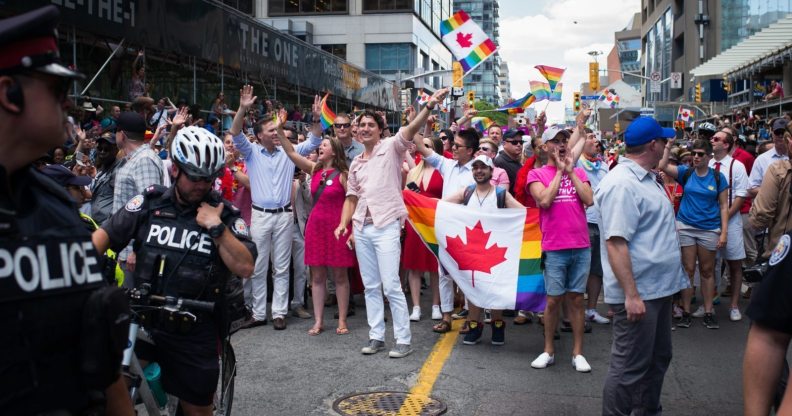
(Ian Willms/Getty Images)
Canada will now recognise third gender options and let people self-identify on government surveys and forms – including the next census.
When asking about gender, future government surveys will now include an additional category where respondents can self-identify and describe their own genders.
Instead of being provided with a binary male or female options, survey respondents will now have the option to tick a third box where they are then asked how they identify.
Related: Canada has made its national anthem gender-neutral
This move has been welcomed by transgender rights activists. Several prominent activists have been involved with statistics body Statistics Canada in the design of the new question.
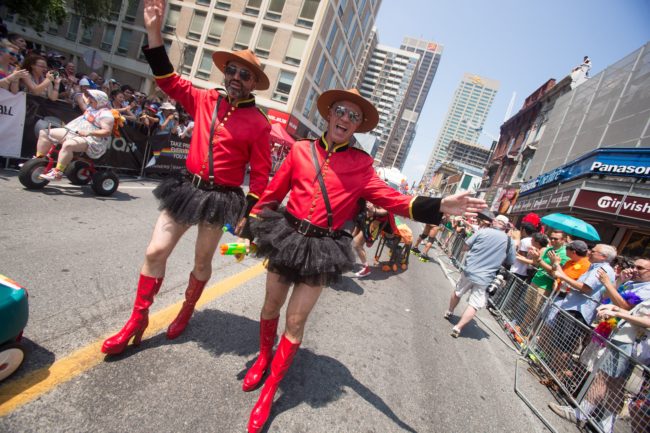
(GEOFF ROBINS/AFP/Getty)
Susan Gapka, a trans activist told The Guardian that the changes were “delightful.”
“This is really delightful news,” Gapka said. “I was pleased with the discussions we had and it’s great to see they’re following up on this strategy.”
According to Laurent Martel, the director of demography at Statistics Canada, the changes to the surveys are the result of two years of work.
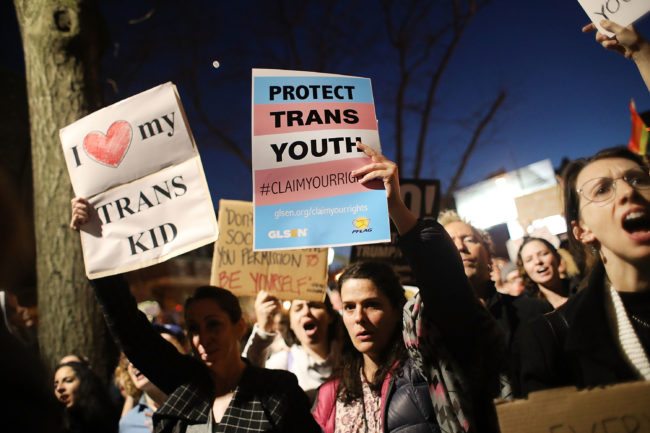
(Getty)
While the previous census, conducted in 2016, invited trans respondents to identify with the gender they “most associate themselves,” the only options provided were male or female, excluding non-binary people.
This drew criticism from a variety of trans and non-binary groups.
“We want to make sure all Canadians can identify themselves within the census,” Martel said.
As well as allowing respondents to self-identify with the descriptive third gender box, the changes are also matched with similar changes within Statistics Canada, who now include a “gender diverse” category in their analysis.
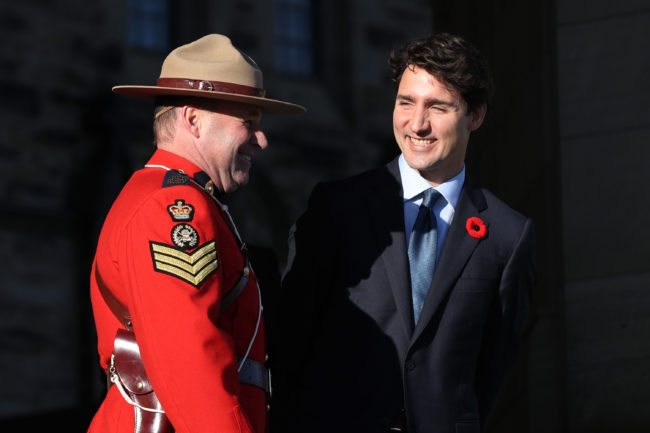
(LARS HAGBERG/AFP/Getty)
While welcoming the changes to the surveys, activists also highlighted the importance of educating the public about the whole spectrum of gender.
Related: What does non-binary mean?
Gapka said: “There are a lot of people don’t understand the nuance of gender identity and even sexual orientation. It’s a new field for them.”
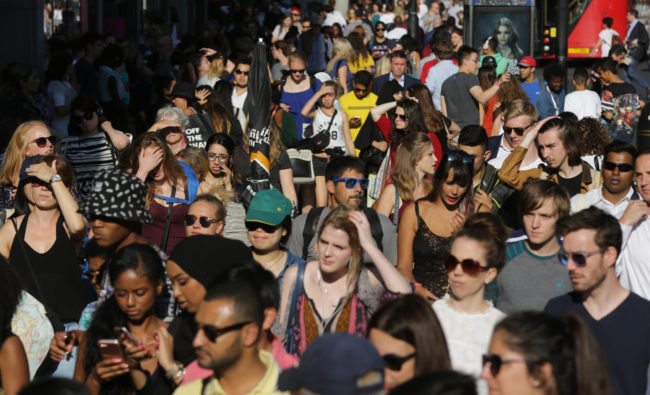
(DANIEL LEAL-OLIVAS/AFP/Getty)
In 2017, Canada introduced a neutral gender marker – the ‘M’, ‘F’ or ‘X’ that shows your gender on identity documents – to several documents, including passports and driving licences.
“By introducing an ‘X’ gender designation in our government-issued documents, we are taking an important step towards advancing equality for all Canadians regardless of gender identity or expression,” said immigration, refugees and citizenship minister Ahmed Hussen.
Similar proposals are currently being debated by the survey body of the UK.
Many other countries and US states are now beginning to include third gender options into both official documents and surveys, including the state of Washington in the US and Taiwan.
Australia, Denmark, Germany, Malta, New Zealand, Pakistan, India, Ireland and Nepal have all introduced, or are in the process of introducing a third gender option on passports.

